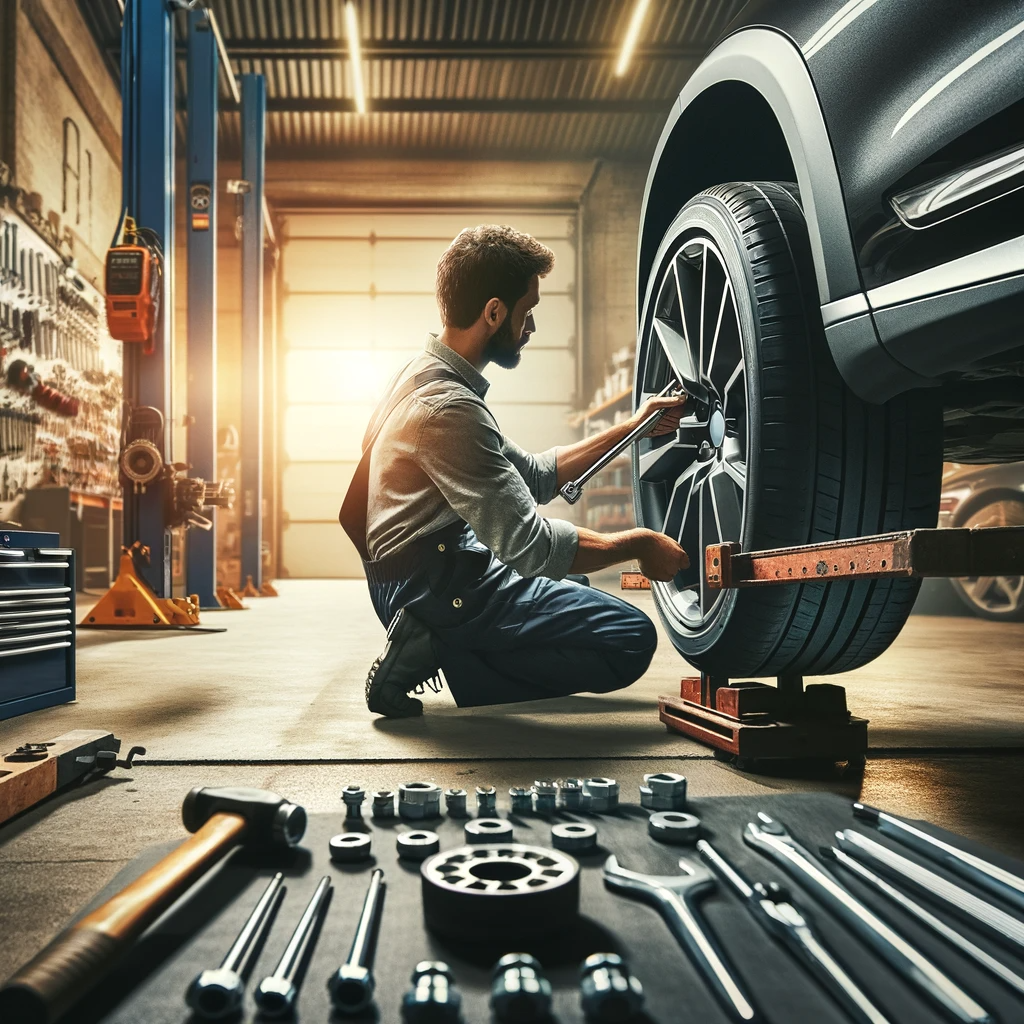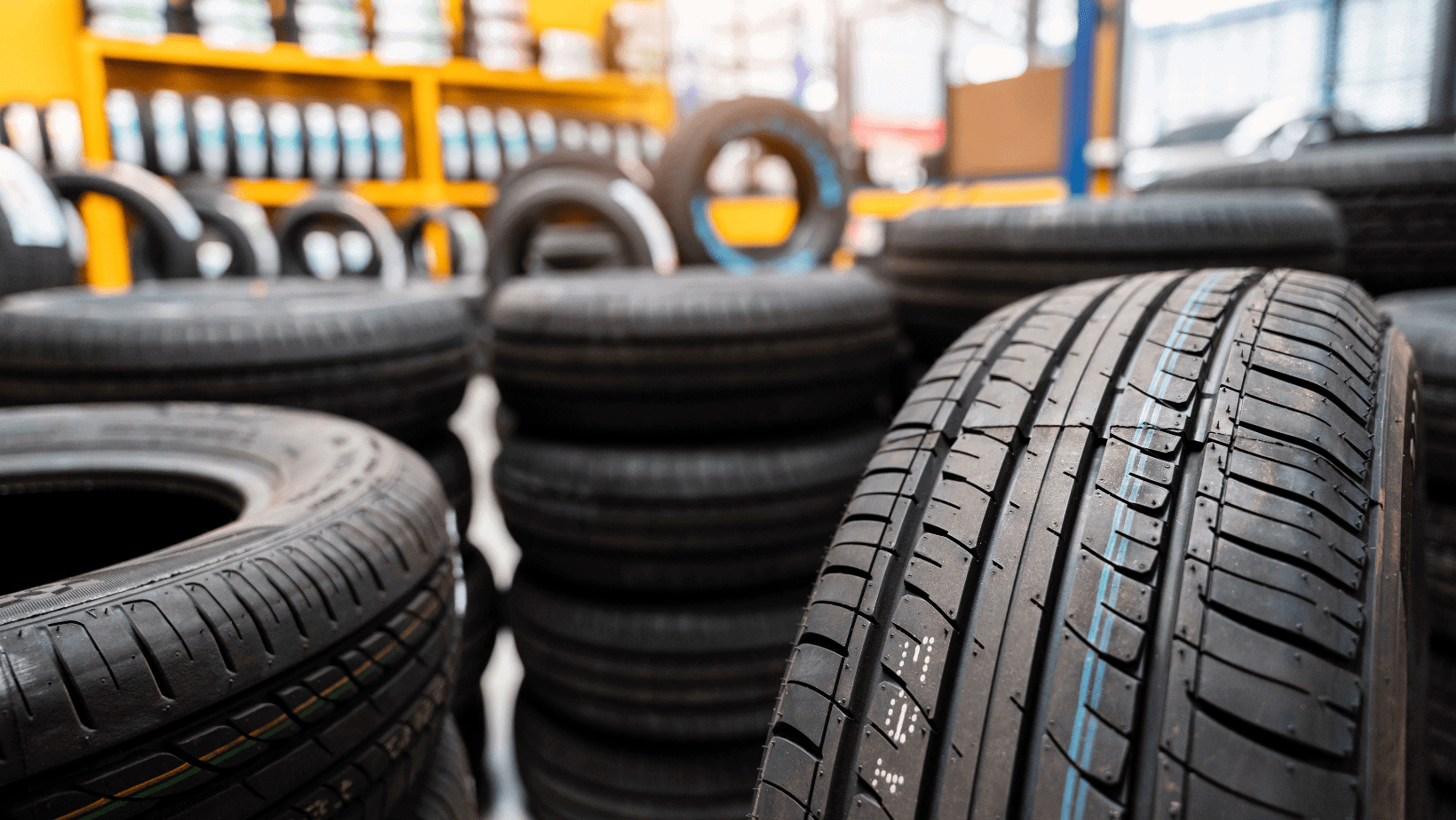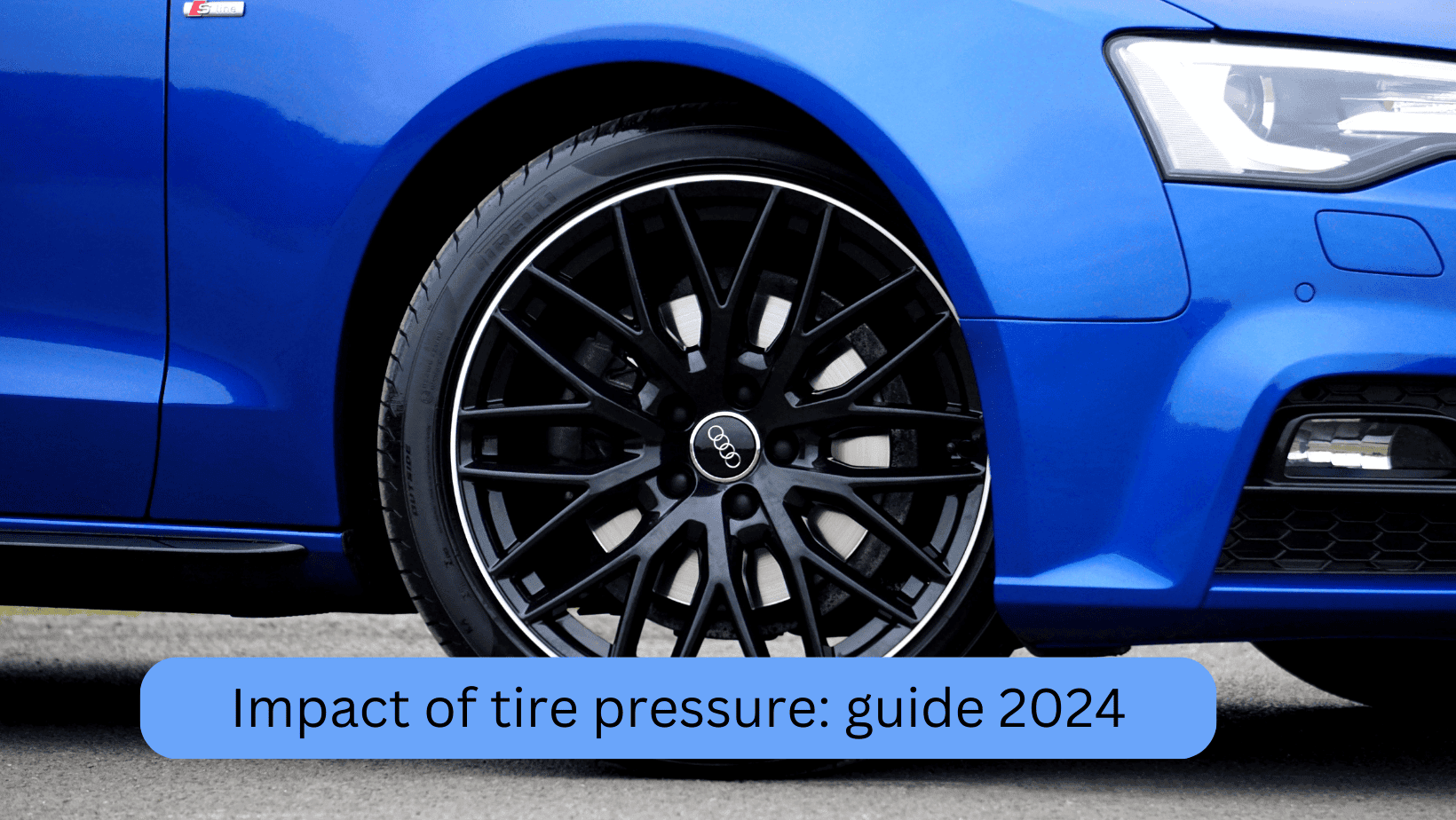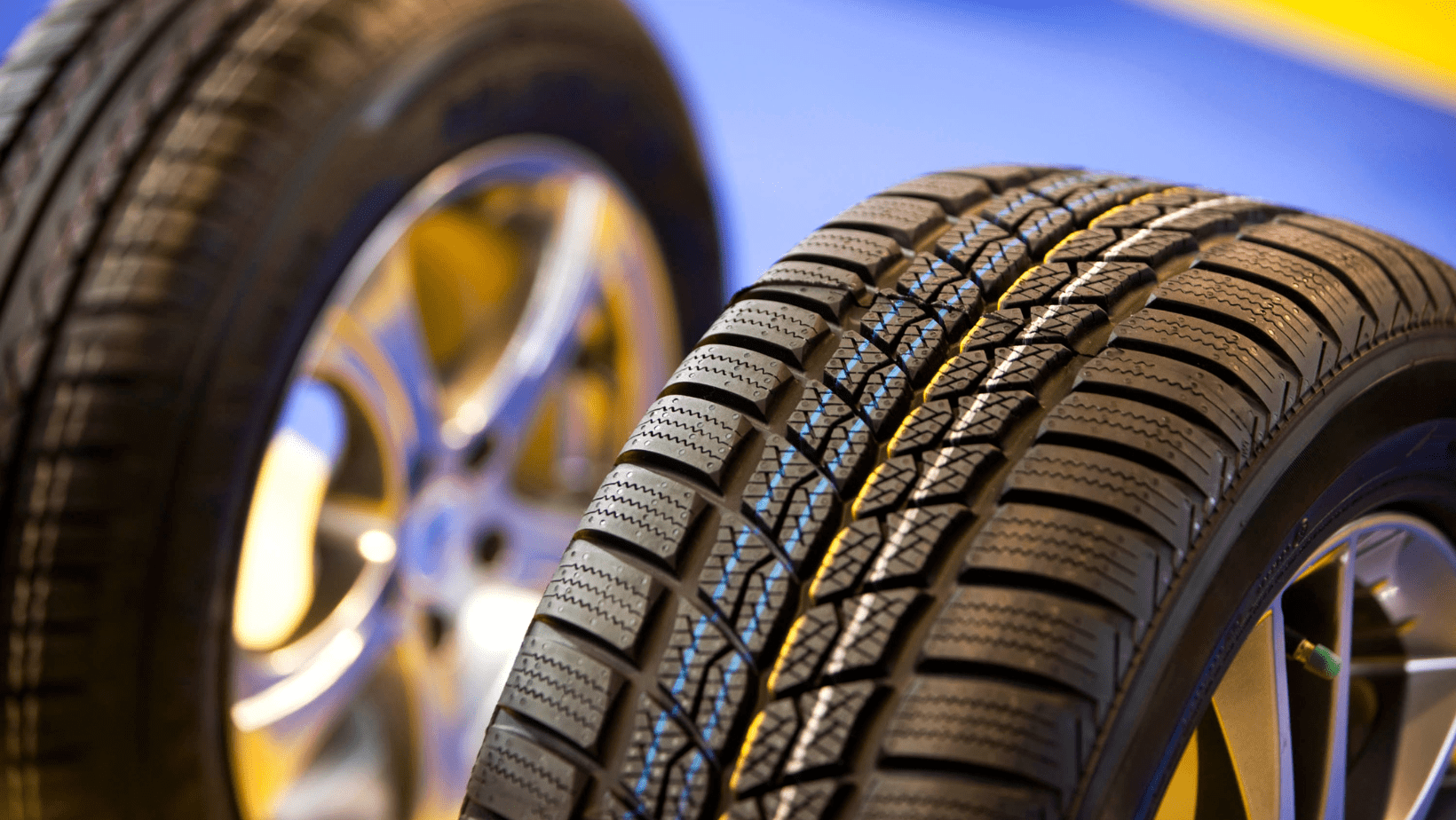Understanding the benefits of tire rotation is crucial for vehicle maintenance. This process involves changing the position of a vehicle’s tires, usually moving the front tires to the rear and vice versa. The procedure aims to ensure even tire wear and prolong the lifespan of the tires, ultimately enhancing vehicle performance and safety.
Key Takeaways
- Even Tire Wear: Regular tire rotation results in uniform wear, enhancing tire longevity and stability.
- Improved Performance: Balanced tire wear contributes to better handling and traction.
- Enhanced Fuel Efficiency: Evenly worn tires reduce rolling resistance, improving fuel economy.
- Safety Boost: Uniform tire wear ensures optimal grip, reducing the risk of accidents.
- Cost Savings: Extending tire lifespan saves money on replacements.
Ensuring Even Tire Wear
Tire rotation is essential for achieving even tire wear. The front tires of a vehicle typically wear faster than the rear ones due to steering and braking forces. Rotating them ensures a more balanced wear pattern, which is crucial for maintaining tire health. For detailed insights into tire lifespan factors, visit Understanding Tire Lifespan Factors.
Improving Vehicle Performance

Balanced tire wear contributes to better vehicle handling and traction. This leads to smoother and more predictable driving experiences, especially important for performance vehicles. Learn more about tire performance at Performance vs. Touring Tires: Navigating the Road of Choices.
Enhancing Fuel Efficiency
Evenly worn tires have less rolling resistance, which means your vehicle doesn’t have to work as hard to move forward, thus improving fuel efficiency. For more on how tires affect your car’s performance, see The Impact of Tire Pressure in Vehicle Performance.
Increasing Safety
Uniform tire wear is vital for maintaining good traction, reducing the risk of tire failure, and enhancing overall safety. Poorly maintained tires can lead to dangerous situations, particularly in adverse weather conditions. To understand this further, explore Maximizing Wet Weather Performance: The Crucial Role of Car Tires.
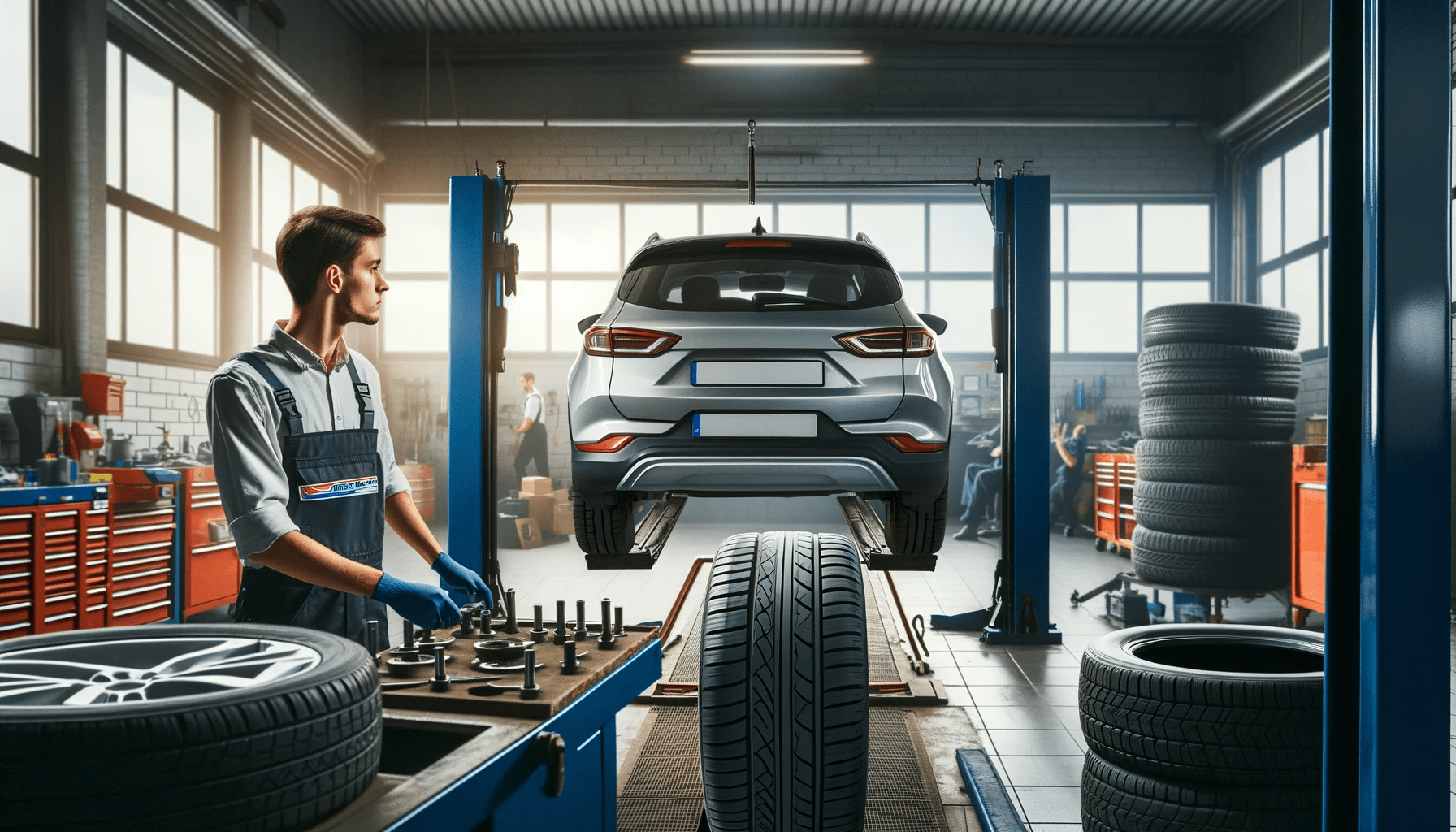
Cost-Effectiveness
Regular tire rotation can significantly extend the life of your tires, saving you money in the long run by delaying the need for tire replacement.
Real-Life Example
Consider a high-performance sports car that’s regularly driven on curvy roads. Without proper tire rotation, the outer edges of the front tires could wear down much faster than the rear. Regular rotation ensures each tire wears evenly, maintaining optimal performance and safety.
| Benefit | Description | Impact on Vehicle |
|---|---|---|
| Even Tire Wear | Promotes uniform wear across all tires, preventing premature wear of individual tires. | Extends tire lifespan, enhances stability. |
| Improved Performance | Ensures balanced handling and traction, especially important in performance vehicles. | Better handling, increased traction. |
| Enhanced Fuel Efficiency | Reduced rolling resistance due to even wear leads to better fuel economy. | Lower fuel consumption, cost savings. |
| Increased Safety | Uniform tire wear ensures better grip and handling, reducing the risk of tire-related accidents. | Enhanced safety, especially in adverse conditions. |
| Cost-Effectiveness | Extending the life of tires means less frequent replacements, translating to long-term cost savings. | Reduced maintenance costs over time. |
| Compliance with Warranties | Many tire warranties require regular rotation as part of the maintenance schedule. | Maintains warranty coverage, avoids potential disputes. |
| Improved Comfort | Balanced tire wear contributes to smoother rides, reducing vibrations and noise. | Enhanced driving comfort. |
Additional Benefits
- Prolonged Tire Life: Reduces the frequency of tire replacements.
- Warranty Requirements: Some tire warranties require regular rotation.
- Improved Comfort: Balanced wear contributes to a smoother ride.
Conclusion about tire rotation benefits
Tire rotation is a simple yet essential aspect of vehicle maintenance. It not only extends the life of your tires but also contributes to better vehicle performance, safety, and fuel efficiency. Regular rotation is a small investment that pays significant dividends in the long run.

